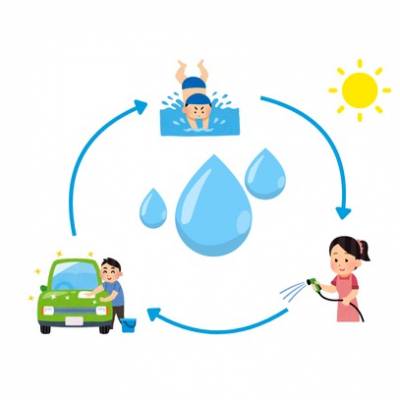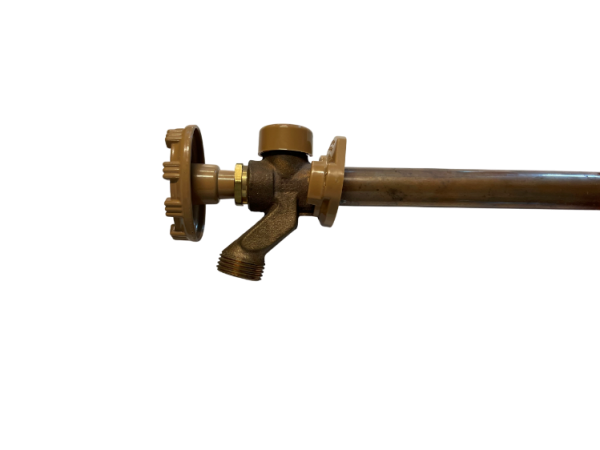
Summer is on its way! That means the kids are ready to jump in the pool, Mom is watering the garden, and Dad is washing the car before heading off on a camping trip. What do these three activities have in common? Each of them uses potable water - the same water you use for drinking or showering. It is therefore important to be aware of the risks and dangers associated with these activities.
Before discussing precautions, a quick lesson about water is in order.
Two phenomena can cause backflow: back pressure and siphonage. Siphonage is the most common phenomenon you may encounter. It occurs when there is high water consumption upstream, that is, elsewhere in your water network or in the city's water system¹ . For example, a water main break or the use of a fire hydrant in your neighborhood.
Here is a quick scenario that could happen in a backyard near you:
A person is washing the car in the driveway. Then, this person activates a high-pressure cleaner. This type of application requires a considerable amount of water. Meanwhile, the children are swimming in the pool. A garden hose is soaking in the pool because you wanted to fill it earlier in the day. Since there is a high demand for water in the water system, a siphonage is created in the network. As a result, the garden hose dipped in the pool draws chlorinated and contaminated water from the pool into your drinking water system. As a result, the water flowing from your kitchen tap is now contaminated. Your family is the first victim in this situation. But do not panic!
Here are some recommendations and suggestions.
Several best practices can help you reduce the risks:
Various protective measures are available to prevent water contamination in the event of such an incident:
It would be a shame to miss your family vacation because of such a trivial activity. So remember to make these modifications to your outdoor installations to protect yourself and your children.

1. Boudrias, S. (2016, 28 avril). Cause of a backflow in drinking water. Darspec. Causes of a backflow in drinking water | Darspec
2. Canadian Standards Association. (2021). CSA B64.1.1-21 : Atmospheric vacuum breakers (AVB). https://webstore.ansi.org/standards/csa/csab64series2021
We use cookies
Respecting your privacy matters to us. We use cookies to personalize our content and facilitate your digital experience. Some cookies may be collected with your consent.
Essential
Essential cookies help make a website usable by enabling basic functions such as page navigation and access to secure areas of the website. The website cannot function properly without these cookies.
Performance
These cookies enable us to analyze navigation on our sites and improve their operation.
Customization
Preference cookies enable a website to remember information that modifies the behavior or appearance of the site, such as your preferred language or the region you are in.
Targeted advertising
These cookies help us limit the number of times you see an advertisement, personalize our offers and services according to your centers of interest, measure the effectiveness of an advertising campaign, and so on. They may be shared with our partners.
We use cookies
Respecting your privacy matters to us. We use cookies to personalize our content and facilitate your digital experience. Some cookies may be collected with your consent.